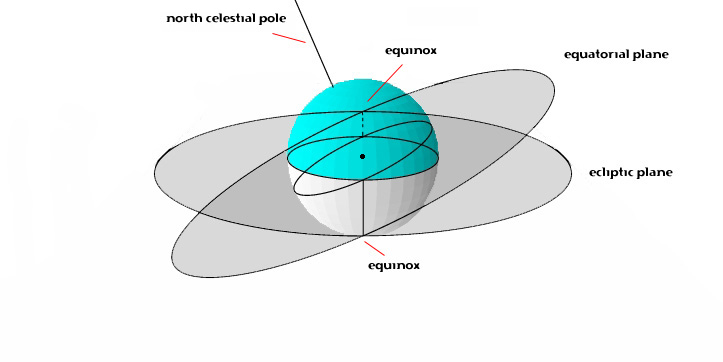Sir Isaac Newton was an English
physicist and mathematician who was born into a poor
farming family. Luckily for humanity, Newton was not
a good farmer. . At Cambridge, Newton studied
mathematics, being especially strongly influenced by
Euclid, although he was also influenced by Baconian
and Cartesian philosophies. Newton was forced to
leave Cambridge when it was closed because of a
plague, and it was during this period that he made
some of his most significant discoveries. Newton did
not, however, publish his results.
When Newton began devoting his
efforts to theological speculation and put the
calculations on elliptical motion aside, telling
Edmund Halley (of which Halley's comet was named
after) he had lost them. Halley, who had become
interested in orbits, finally convinced Newton to
expand and publish his calculations. Newton devoted
the period from August 1684 to spring 1686 to this
task, and the result became one of the most important
and influential works on physics of all times, Philosophiae
Naturalis Principia Mathematica (Mathematical
Principles of Natural Philosophy), often
shortened to Principia Mathematica or simply
"the Principia."
In Book I of Principia,
Newton opened with definitions and the three laws of
motion now known as Newton's Laws (laws of inertia,
action and reaction, and acceleration proportional to
force). Book II presented Newton's new scientific
philosophy which came to replace Cartesianism.
Finally, Book III consisted of applications of his
dynamics, including an explanation for tides, a
theory of lunar motion, and how he found the
precession of the equinoxes.
Newton knew that the Earth is
not a perfect sphere; it bulges slightly around the
equator. The gravitational attraction of both the Sun
and the Moon tries to pull the Earth's equatorial
bulge into the Moon's and the Sun's orbital planes.
Acting like a spinning top, the rotating Earth
resists this pull. The result of the Sun's and Moon's
attraction and the Earth's resistance is that the
Earth's axis of rotation moves slowly westward around
the pole of the ecliptic. Because of this, the points
of intersection between the celestial equator and the
ecliptic shift westward along the ecliptic at a rate
of about 50 minutes of arc per year or over 1º per
century. Thus, the equinoxes precess completely
around the ecliptic in 25,868 years.
|
|
|





